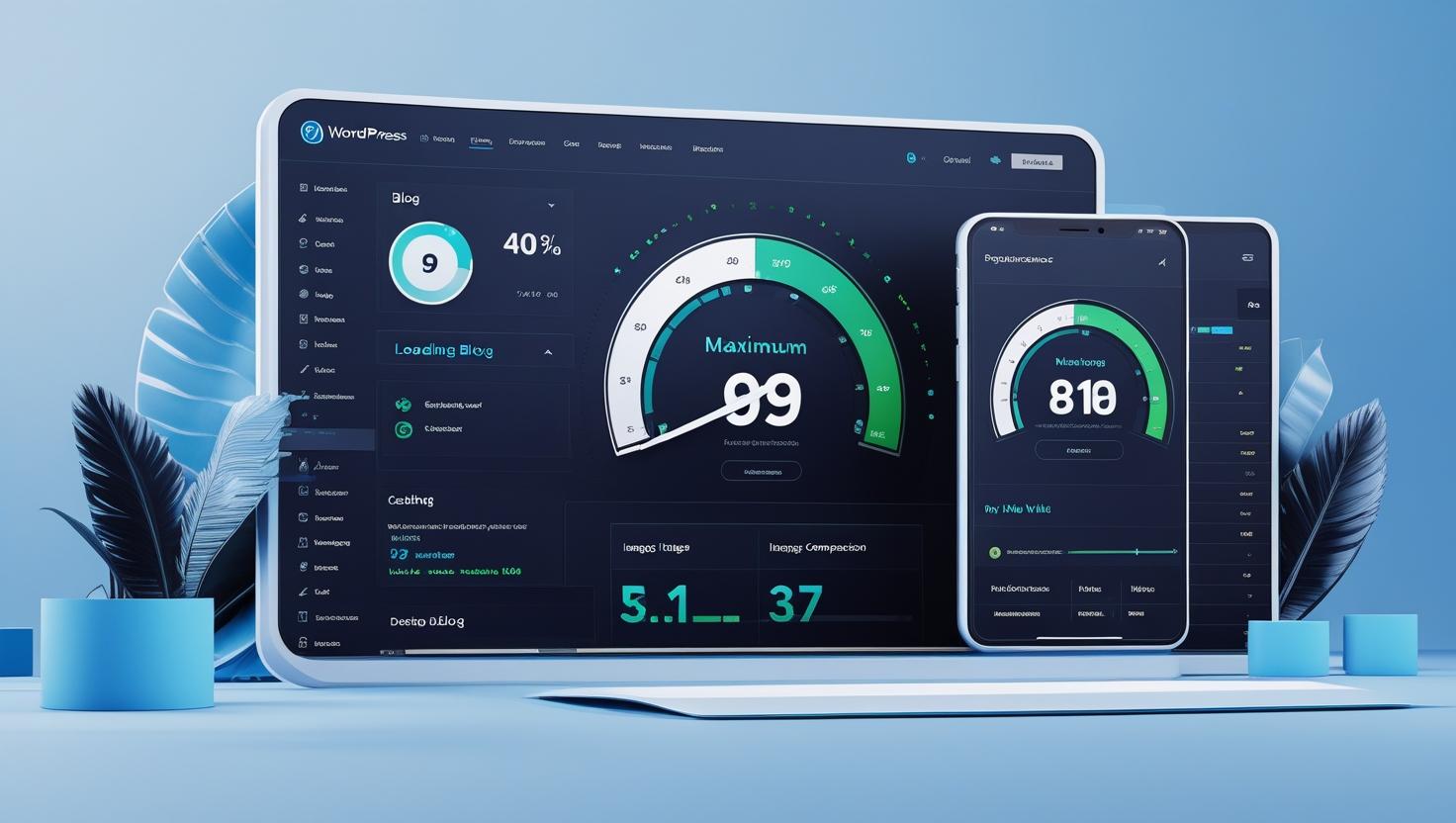

Introduction: Want Your Blog to Rank Higher? Here’s the Secret…
Ever wondered why some blog posts get massive traffic while others barely show up on Google?
The difference often lies in how well they’re optimized for SEO.
If you’re a beginner, blogger, or content creator from the USA, Canada, Australia, or Europe, you’re in the right place. In this guide, we’ll walk you through how to create SEO-friendly blog posts using Rank Math, a powerful and free SEO plugin for WordPress.
Whether you’re just starting your blogging journey or you’ve been posting for a while without seeing traffic, this blog will give you practical, easy-to-follow steps to boost visibility and grow organically.
What Is Rank Math? (Snippet-Friendly Definition)
Rank Math is a WordPress SEO plugin that helps you optimize your content for search engines. It’s beginner-friendly, powerful, and offers advanced SEO tools like keyword optimization, schema markup, and content analysis—all in one place.
Step-by-Step Blog SEO Guide Using Rank Math
Let’s break this down into a practical workflow that’s easy to follow for any beginner:
Step 1: Install and Activate Rank Math
- Go to your WordPress dashboard.
- Navigate to Plugins > Add New.
- Search for “Rank Math SEO”.
- Click Install Now and then Activate.
Tip: Use the Easy Setup Wizard for a guided onboarding experience.
Step 2: Set Up Rank Math for Blogs
- Choose your blog type (personal blog, news, etc.).
- Connect to your Google Search Console.
- Enable key features like:
- Schema Markup
- 404 Monitor
- Redirections
- SEO Analysis
Step 3: Use Focus Keyword Setup
Each post should target one main keyword.
- Scroll down to the Rank Math box under your post editor.
- Enter your primary keyword in the “Focus Keyword” field.
Example: If your blog is about digital marketing, a good keyword could be “email marketing strategies 2025.”
Related: Rank Math focus keyword setup | keyword density checker
Step 4: Optimize Content with Rank Math SEO Analysis
Once your content is written:
- Check the Content SEO Score.
- Ensure green indicators for:
- Focus keyword in title
- Focus keyword in first 10% of content
- Focus keyword in subheadings
- Sufficient internal/external links
- Alt tags in images
Step 5: Use the Snippet Editor
Edit how your blog appears on Google:
- Click the “Edit Snippet” button.
- Add a compelling SEO Title and Meta Description using your focus keyword.
- Include your keyword naturally at the start of each.
Step 6: Enable Schema Integration
Schema Markup helps search engines understand your content better.
- Use Rank Math’s Schema Generator.
- Choose relevant schema type: Article, BlogPosting, How-To, FAQ, etc.
- Fill in fields with your blog’s details.
Step 7: Add Internal and External Links
- Link to your own blogs to build authority.
- Use descriptive anchor text.
Example: Learn more in our beginner’s guide to blog SEO.
❌ Common SEO Mistakes to Avoid
Avoid these traps that hurt your blog’s SEO:
- ❌ Keyword stuffing
- ❌ No alt tags in images
- ❌ Skipping meta descriptions
- ❌ Ignoring mobile optimization
- ❌ Weak headlines with no focus keyword
- ❌ No internal linking
Best Tools & Resources for Better Blog SEO
Here are tools that will make your life easier:
- Rank Math SEO Plugin – The hero of this guide.
- Google Search Console – Track your site’s performance.
- Google Keyword Planner – Discover new keywords.
- Grammarly – Improve grammar and readability.
- Hemingway Editor – Polish sentence structure and clarity.
- Ubersuggest – Competitive SEO insights.
- Canva – Design blog visuals with SEO-optimized file names.
❓ FAQs: Creating SEO-Friendly Blog Posts Using Rank Math
Q1. Is Rank Math better than Yoast?
Yes, for many users. Rank Math offers more features (like schema and redirection) in its free version compared to Yoast.
Q2. Can beginners use Rank Math?
Absolutely! It’s designed for both beginners and pros with an easy setup and clear interface.
Q3. How many keywords should I use per blog post?
1–2 focus keywords and a few related ones. Keep keyword density natural—no stuffing.
Q4. What should I write in the meta description?
A 150-character summary that includes your keyword and hooks the reader.
Q5. Does Rank Math help with readability?
Yes. It provides a readability score and suggestions to improve clarity.
Q6. How long should my blog post be for SEO?
Ideally 1500–3000 words. Make sure it’s informative, valuable, and skimmable.
🔚 Conclusion: Start Ranking Today with Rank Math
Creating SEO-friendly blog posts doesn’t have to be complicated. With Rank Math, you get a powerful ally that guides you through optimizing your content without needing to be an expert.
If you follow this guide and avoid common mistakes, you’re well on your way to higher rankings, more traffic, and blog growth.
Your Next Steps:
- Install Rank Math
- Pick a strong focus keyword
- Use the Rank Math content analysis tool
- Add schema and proper meta tags
- Link internally to other relevant WebWriteTech blog posts
Ready to turn your blog into a traffic magnet? Bookmark this guide and start optimizing today!
For more tips, check out our other helpful guides:

















